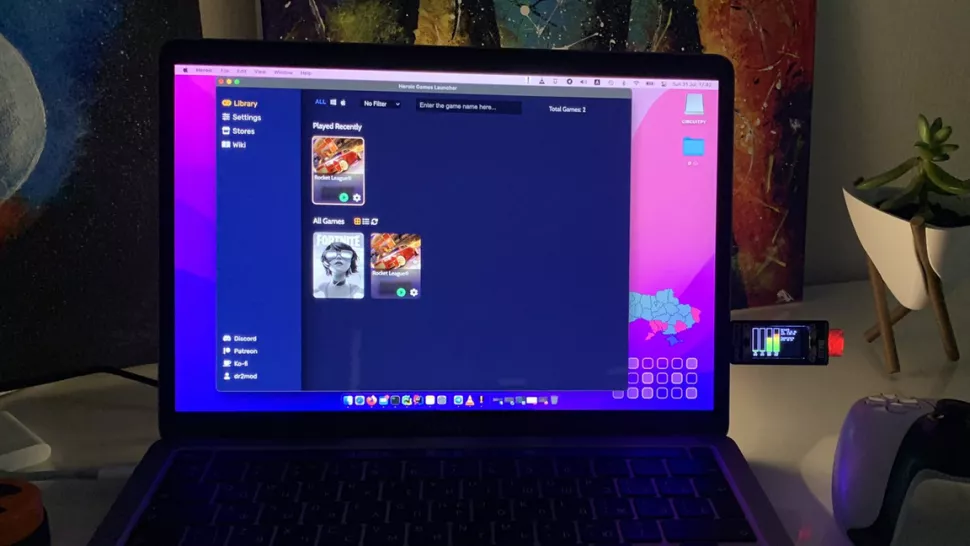Canonical and IBM Leftovers




-
What’s new in Security for Ubuntu 22.04 LTS?
Canonical Ubuntu 22.04 LTS is the latest long term support release of Ubuntu, one of the world’s most popular Linux distributions. As a Long Term Support release, Ubuntu 22.04 LTS will be supported for 10 years, receiving both extended security updates and kernel livepatching via an Ubuntu Advantage subscription (which is free for personal use). This continues the benchmark of Ubuntu LTS releases serving as the most secure foundation on which to both develop and deploy Linux applications and services. In this blog post, we take a look at the various security features and enhancements that have gone into this new release since the Ubuntu 20.04 LTS release. For a more detailed examination of some of these features, be sure to check out the previous articles in this series which cover the improvements delivered across each interim release of Ubuntu in the past 2 years between 20.04 LTS and 22.04 LTS.
-
We Still Want IBM i On The Impending Power E1050
In March last year, as Big Blue was finishing up the development of the Power10 family of Power Systems machines, we wrote an essay explaining that we wanted IBM i to be a first-class operating system citizen on the four-socket Power E1050 machine, which we finally expect to see launch on July 12 if the rumors are correct.
-
Big Blue Tweaks IBM i Pricing Ahead Of Subscription Model
Back in May, Big Blue said that it was going to be simplifying the IBM i stack ahead of a move to subscription pricing for systems software as well as hardware that runs it. To do that means zeroing out prices for a slew of things that had price tags on them formerly.
-
Guru: The Finer Points of Exit Points
Many years ago, we received a call from an IBM i customer stating that all exit points were gone and the QAUDJRN and receivers were missing. Then the question, “Do you think we’ve been hacked?” Truth was, the exit points weren’t gone; the associated programs had been de-registered. Conclusion, they had most likely been compromised.
-
IBM i Licensing, Part 3: Can The Hardware Bundle Be Cheaper Than A Smartphone?
How many monthly iPhone bills is a Power10-based entry server worth?
-
Guild Mortgage Takes The 20-Year Option For Modernization
When Kurt Reheiser returned to the IBM i server after a 15-year hiatus away the platform, things weren’t a lot different than how he left them.
-

- Login or register to post comments
 Printer-friendly version
Printer-friendly version- 1413 reads
 PDF version
PDF version
More in Tux Machines
- Highlights
- Front Page
- Latest Headlines
- Archive
- Recent comments
- All-Time Popular Stories
- Hot Topics
- New Members
today's howtos
|
Open Hardware: XON/XOFF and Raspberry Pi Pico
|
Security Leftovers
|
How to Apply Accent Colour in Ubuntu Desktop
A step-by-step tutorial on how to apply accent colour in Ubuntu desktop (GNOME) with tips for Kubuntu and others.
|






 This section of TuxMachines will no longer have new stories in it (with some caveats, including this post). To see the latest stories go to
This section of TuxMachines will no longer have new stories in it (with some caveats, including this post). To see the latest stories go to 

.svg_.png)
 Content (where original) is available under CC-BY-SA, copyrighted by original author/s.
Content (where original) is available under CC-BY-SA, copyrighted by original author/s.

Recent comments
1 day 22 hours ago
2 days 2 hours ago
2 days 2 hours ago
3 days 9 hours ago
3 days 10 hours ago
3 days 11 hours ago
3 days 11 hours ago
3 days 11 hours ago
3 days 14 hours ago
3 days 16 hours ago